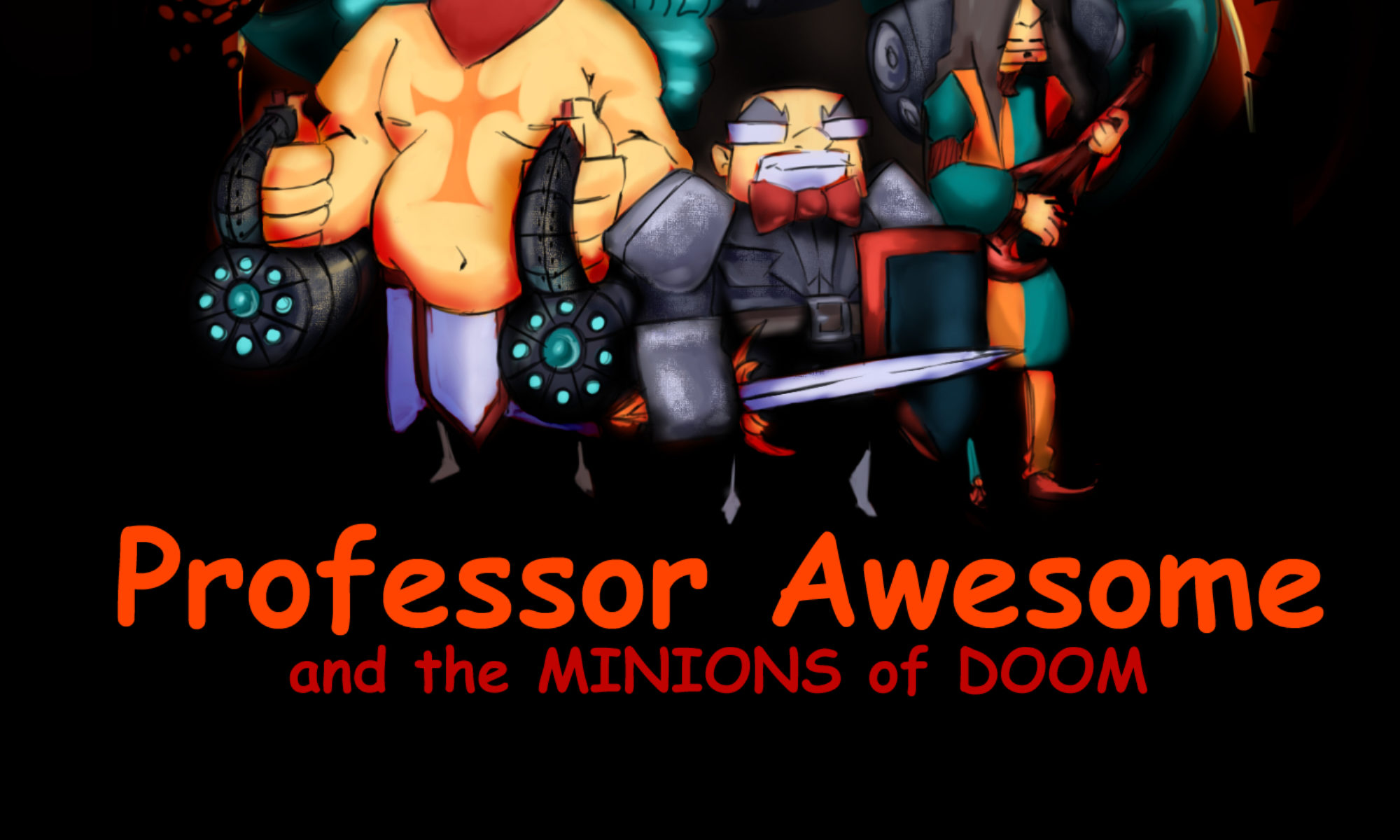2014 was a dismal year for film, and it bodes ill for the future. Looking at the top-grossing films of the year (and since it is show business, this is generally a good indicator of what will be made in the future), all of the top 10 were franchise films, and you’ve got to get down to #15, Interstellar, before you hit the first non-franchise movie. Of course, this is not to say that no good films were made this year – 1941 is brought to mind, a year in which the dreadful How Green Was My Valley won five Oscars, yet The Maltese Falcon came in 30th in the earnings, and Citizen Kane came in 57th.
With filmgoers (that’s you and me, folks) voting with their dollars for more franchise films, and not for great original films like The Good Lie, we can expect the next few years to be all franchises. Movies will be a lot of McDonalds, with a dismal sameness to them. Even more depressing is the sheer number of top-grossing movies in which nothing happened at all – consider, for example, Mockingjay, Part I, and The Hobbit: The Battle of the Five Armies, both movies which consist primarily of reaction shocks from the protagonists because they have nothing else to do.
Great franchise films are hard to make. It’s not impossible for a filmmaker to sneak a good movie through – (1954’s Creature from the Black Lagoon is a wonderful example of using thoughtful camera work to make a great creature-feature), but it’s just more difficult.
Let’s say, for example, that you were tasked with making the next Marvel movie. The aesthetics are pretty much already set, so you can’t deviate far (a happy except this year was Guardians of the Galaxy, but it had to be set so far away from the rest of the Marvel universe to make that possible). Characters and their arcs have to be adapted from an existing body of comic book work. From the moment you sign your contract, you’re shackled in setting, character, and plot.
Five years ago, if you had said to me, “Disney will acquire Star Wars, and this will be the best film news in years,†I’d have said you were crazy. And yet, here I am saying just that myself. Although there will no doubt be a few happy surprises in the next few years, our hope for franchises lies in Disney’s Star Wars.
Star Wars still holds, I think, the opportunity to make good, even great, films. Yes, the aesthetic look and sounds of the Star Wars Universe are set, but by relegating the old Expanded Universe to “Star Wars Legends,” Lucasfilm and Disney have an opportunity for good storytelling with dynamic characters and dramatic tension. Everything is really only bound by what came before in the story, and what is to come is no longer preordained. Setting is determined, but plot and character is still free.
This doesn’t mean the films will be great; we are just as likely to get another Phantom Menace as an Empire Strikes Back. But the freedom filmmakers have open up new territory to explore sophisticated ideas, to create thematic parallels with other films, to make Star Wars films aimed at various audiences, from wacky droid adventure musical cartoons for children, to sophisticated character meditations for adults. Could it be a horrible disaster? Of course … just I like to think we’ve got a new hope.




